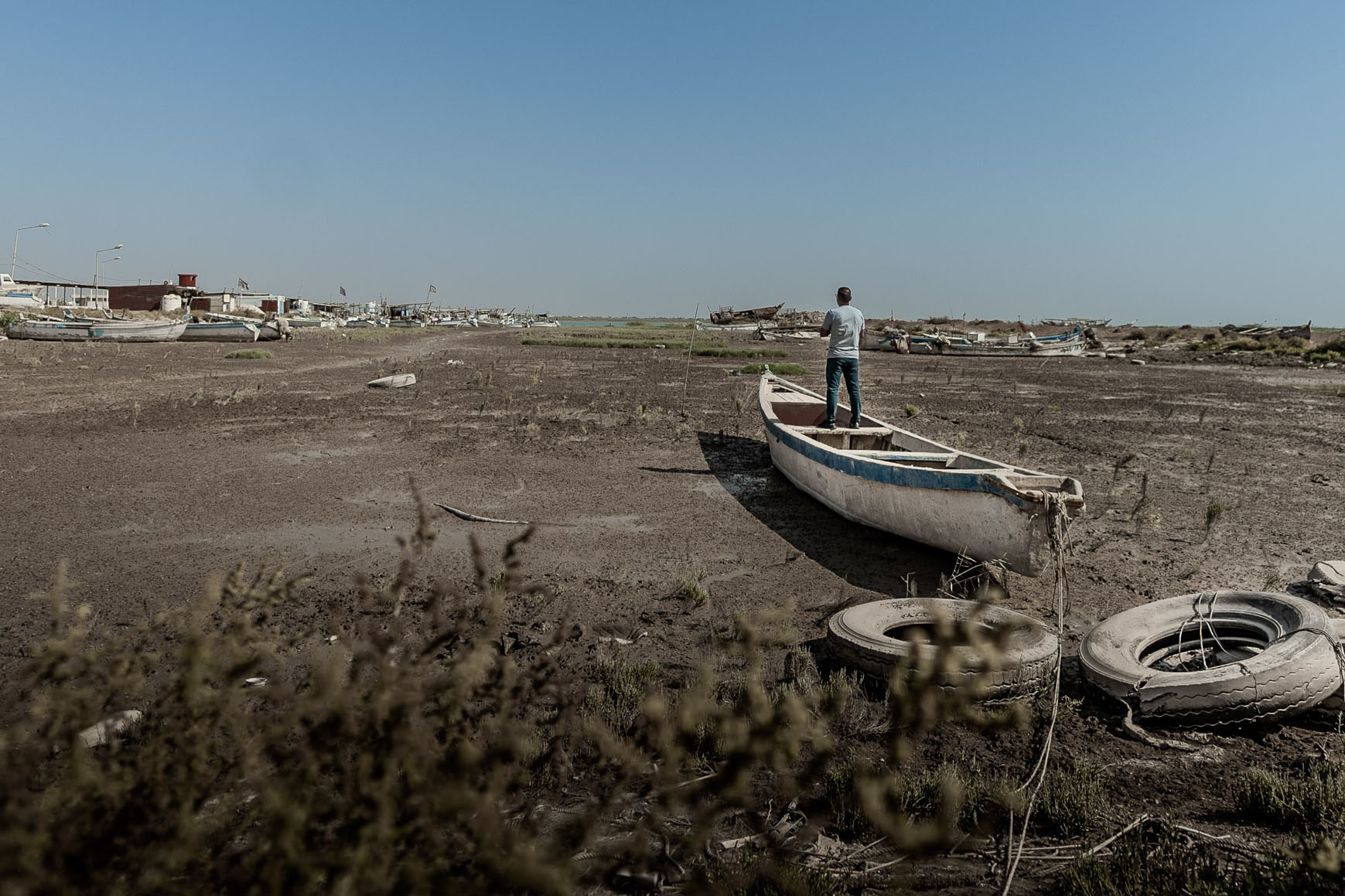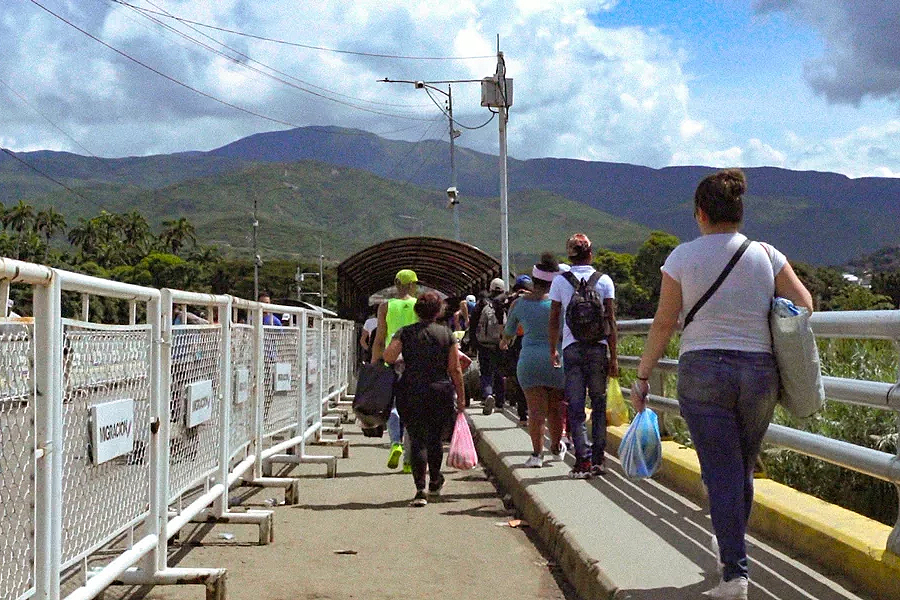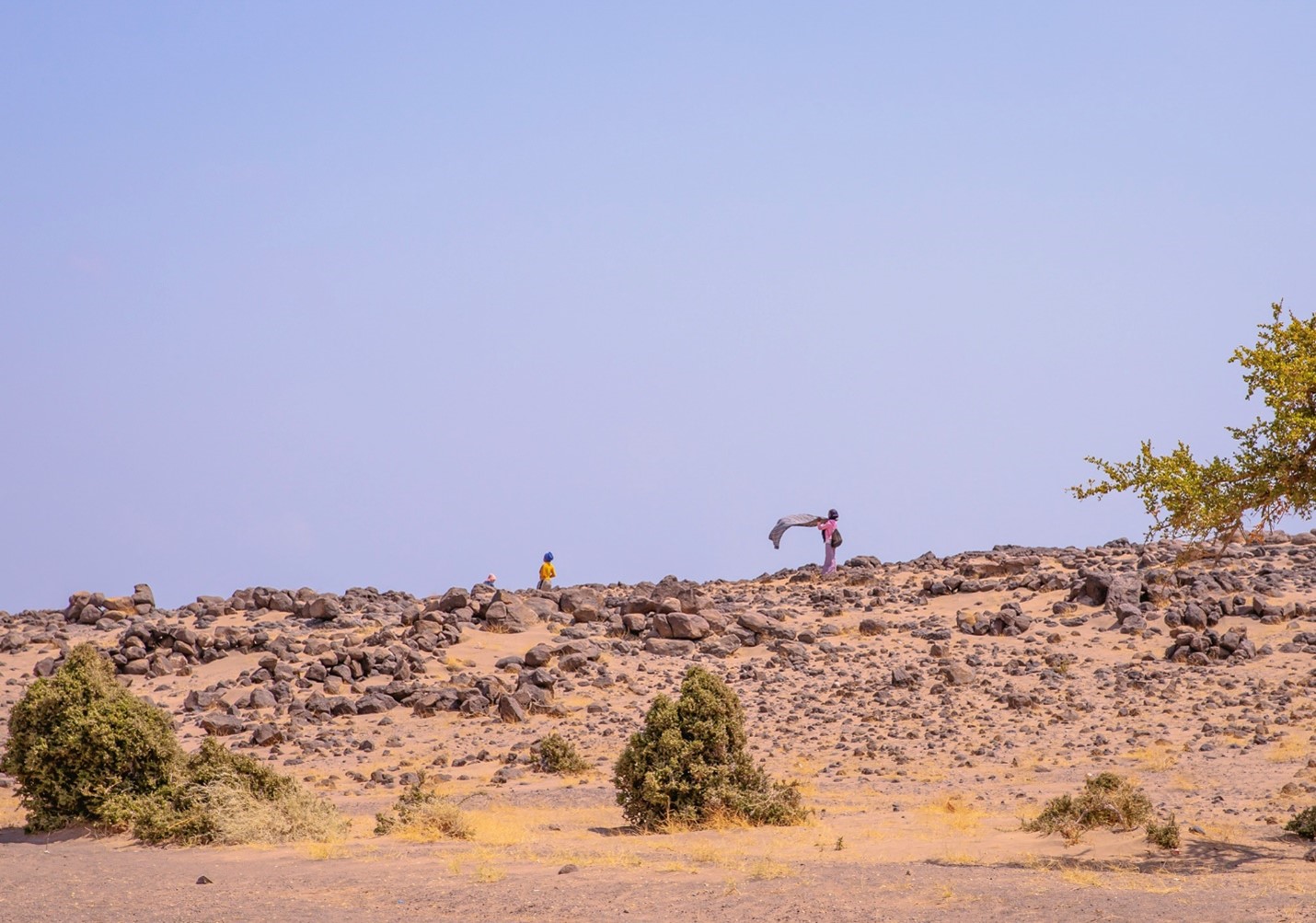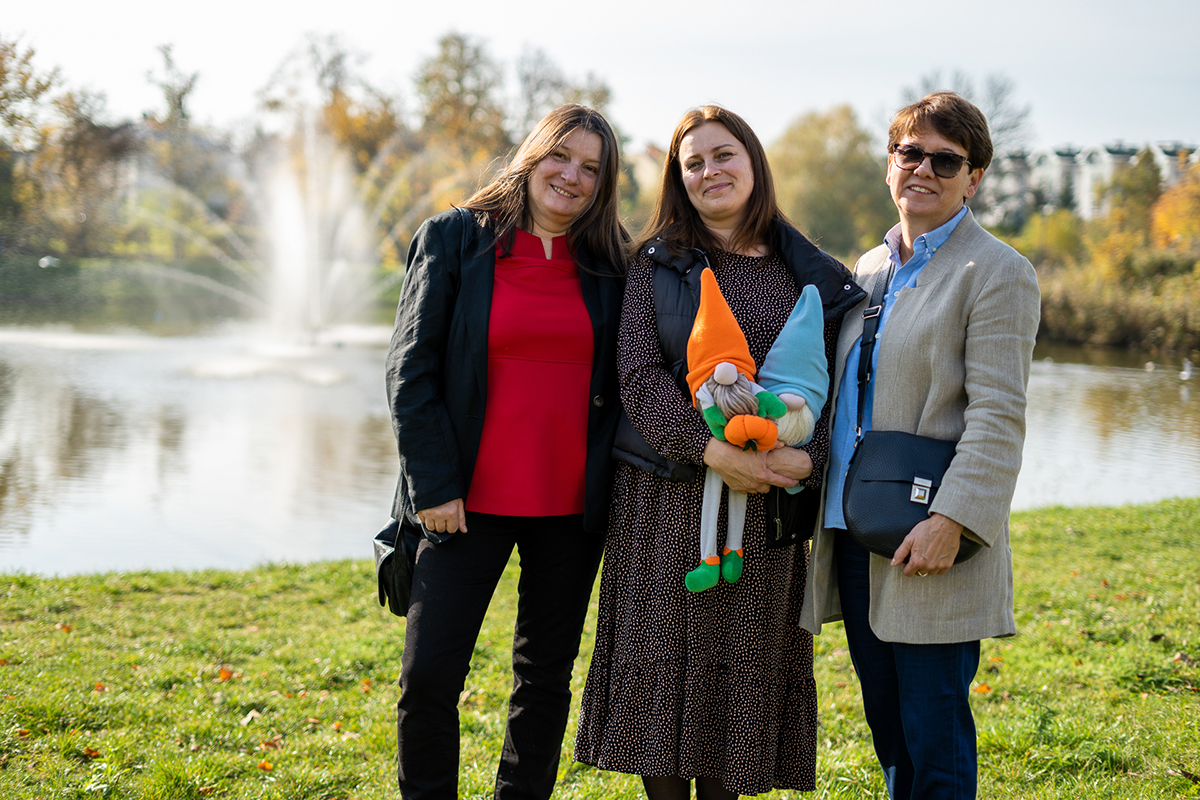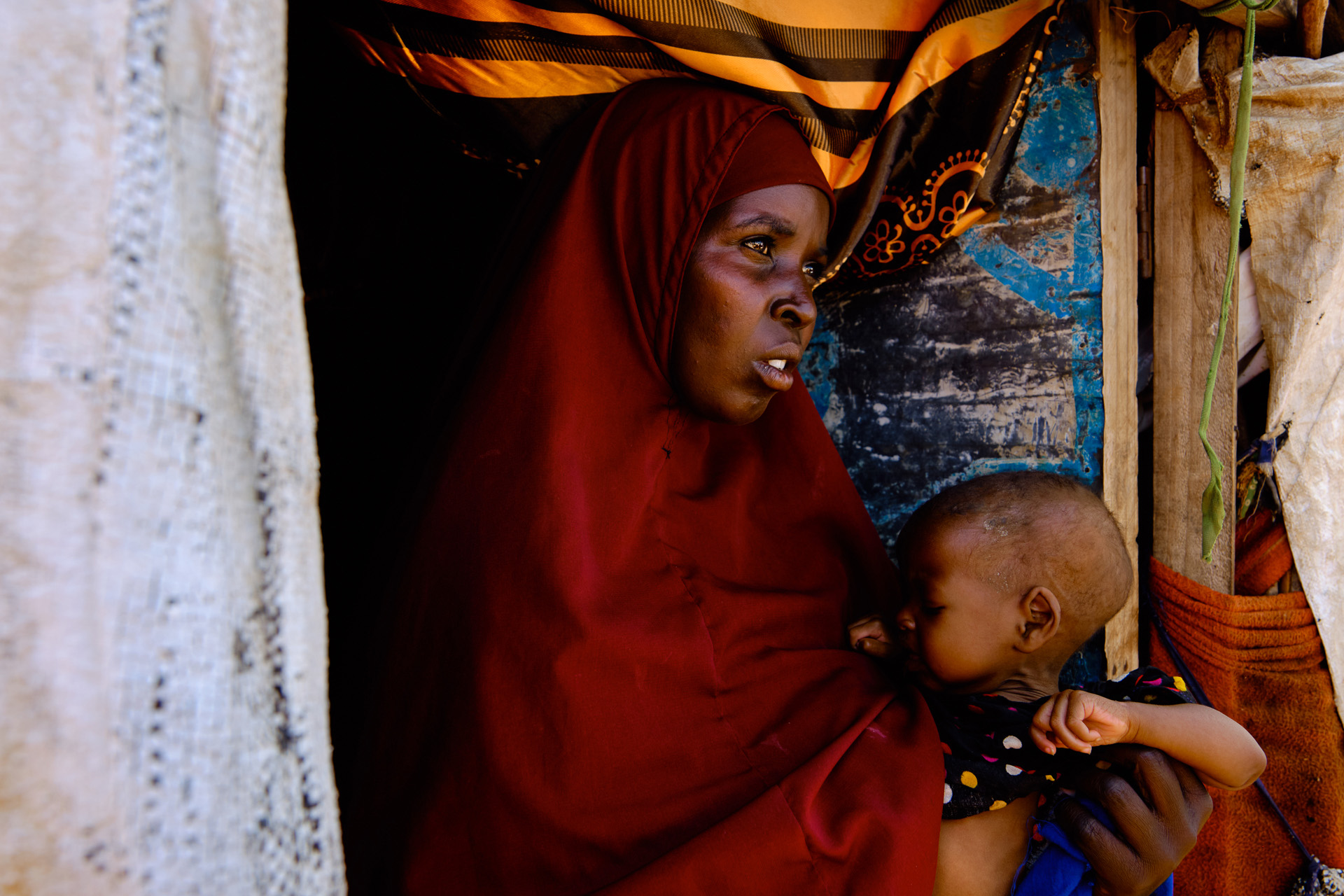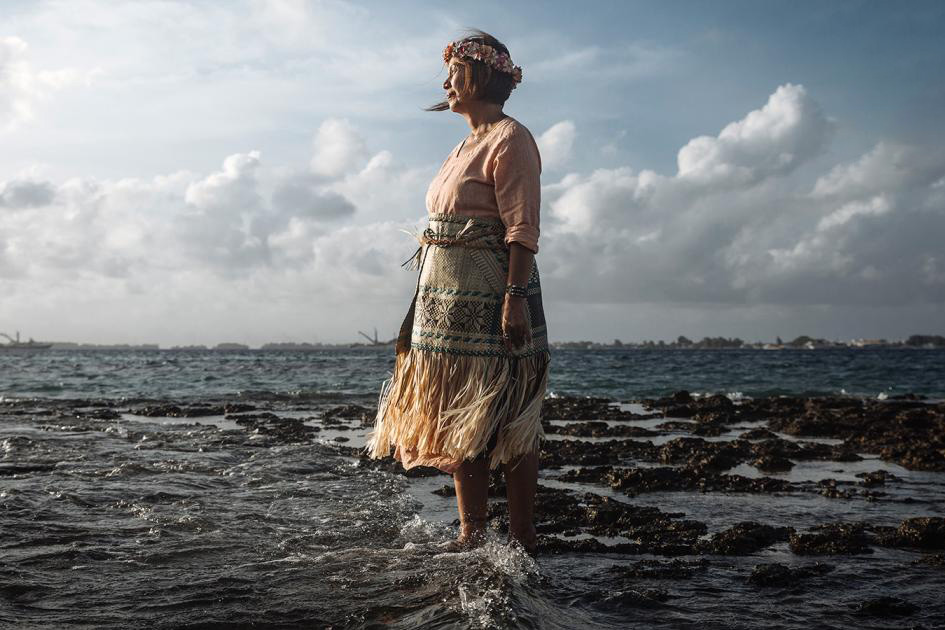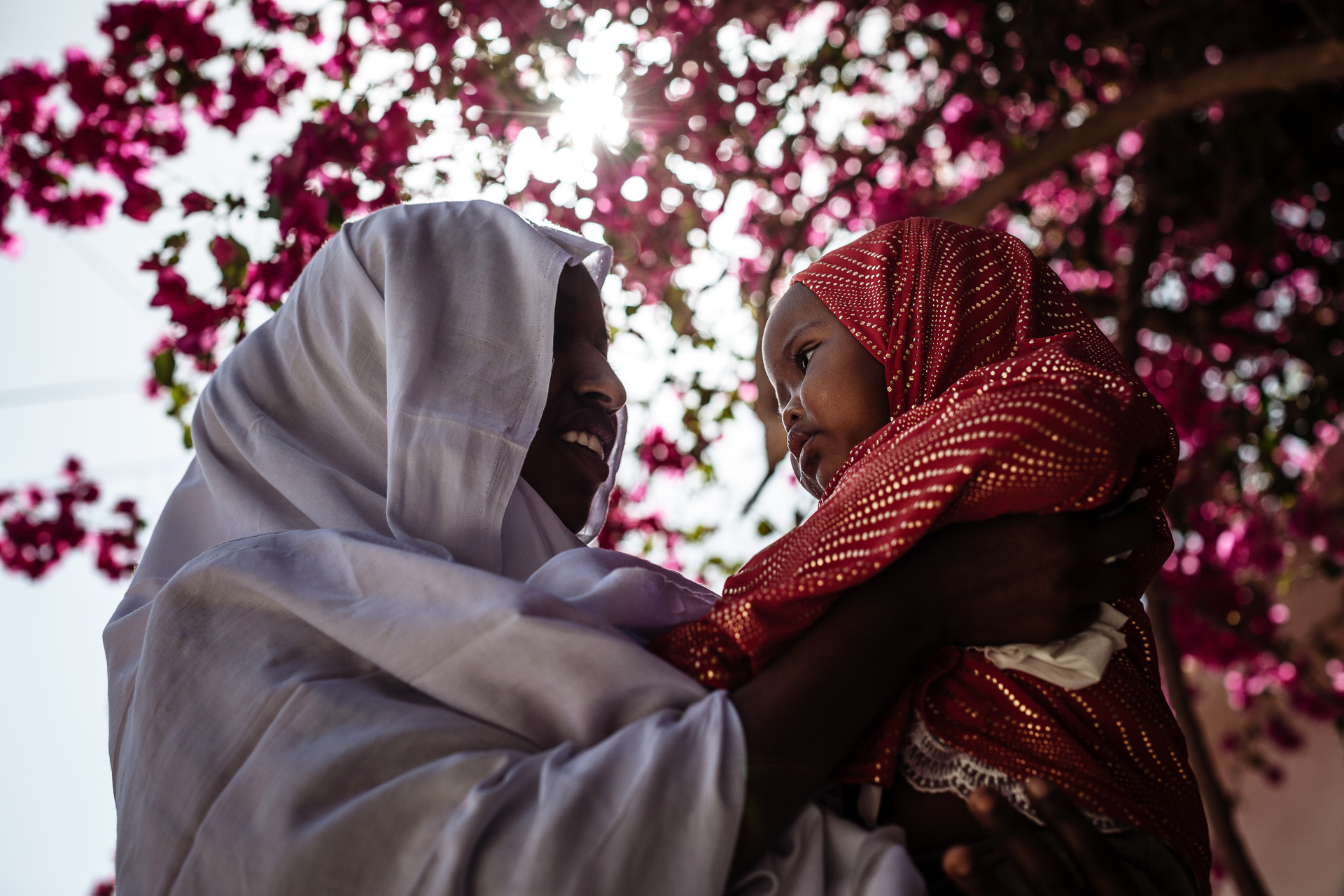Approximately half of the world's 281 million international migrants are women and girls, but this demographic faces significant hazards during migration, including the risk of exploitation in domestic employment and increased vulnerability to violence.
Migration
Migration creates new opportunities and fosters cultural exchange.
Rural-urban migration in response to environmental degradation and natural hazards is rising at an alarming rate as families seek employment in urban areas.
Populations across the globe are aging at an unprecedented pace, making many countries increasingly reliant on migration to realize their long-term growth potential. The World Bank report World Development Report 2023: Migrants, Refugees, and Societies, identifies the unique opportunity to make migration work better for economies and people. Wealthy countries as well as a growing number of middle-income countries face diminishing populations. Meanwhile, most low-income countries are expected to see rapid population growth, putting them under pressure to create more jobs for young people.
Dr Youssouf, leads the IOM’s mobile health patrols in the Djibouti dessert looking for abandoned, stranded or otherwise vulnerable migrants to provide life-saving assistance. These mobile units carry medical supplies, food, water and other essential items. According to IOM data, the number of women and girls travelling along the Eastern Route – from the Horn of Africa (Ethiopia, Somalia, Djibouti) to Yemen – nearly doubled between 2021 and 2022, from 53,200 to 106,700. In Djibouti, the percentage of women and girls on the move rose from 13 per cent in 2021 to 22 per cent in 2022. Since the beginning of the patrols in 2020, IOM has aided more than 18,000 migrants.
After a difficult migratory journey to follow in the footsteps of his friends, he chose to return to his native region and set up a sewing workshop with the help of IOM, as part of his socio-economical reintegration. Kafoumba is originally from the N'Zérékoré region of Guinea, but it was in Côte d'Ivoire that he acquired his unique style of tailoring.
Every year, people around the world face the devastating impacts of conflicts, diseases, disasters, and climate change that force them to migrate. At the end of 2021, a staggering 59.1 million people were internally displaced. Migrants have proven to be a source of prosperity, innovation, and sustainable development to countries of origin, transit, and host countries. On this International Migrants Day (18th December), IOM reaffirms its commitment to promoting a humane and orderly management of migration for the benefit of all, including the communities of origin, transit, and destination.
Farhia lived in Baidoa's informal settlements for nine months when her six-month-old son became ill. IOM connected her with Baidoa Hospital, where he was treated him for a respiratory infection.
Where would you go if you were running out of water and drought had destroyed your crops? This is the kind of choice faced by millions of climate migrants each year. Yonas, his wife Aisha, and their son Addisu have seen their crops wither, their cattle die, and their water sources dry up. Their story is brought to life in 'Flight for Life', a new short animation produced by UN Video in collaboration with the renowned Iranian animator Majid Adin. Find out more about the climate crisis and solutions here.
Climate action is urgent. Without early and concerted climate and development action, over 216 million people could become internal climate migrants by 2050. The human mobility implications of the climate crisis are profound. We must act urgently, involving the whole society. We must strengthen people’s resilience and move from negotiation to implementation. At COP27, we must deliver for humanity, for its dignity and for future generations. At COP27, we must leave no one behind. Find out more about IOM’s work to help climate migrants.
The International Organizaiton for Migration wants you to know five things about the people displaced by the war in Ukraine.
“I noticed this woman with a 10-year-old boy. He never looked up, his eyes were down, and he never blinked. And I just kept on thinking, what has this boy seen on his journey here?”
Ugochi Daniels was just six years old when her family fled the civil war in Nigeria. Now the International Organization for Migration’s Deputy Director General for Operations, she is often struck by the pain of uprooted children, most recently those escaping from Ukraine. Women and children are particularly vulnerable when they have left their home – no matter for what reason. Across the world, IOM is dedicated to promoting humane and orderly migration for the benefit of all. In this episode, Ugochi Daniels reflects on efforts to meet the needs of people on the move, and on a life dedicated to the service of others.
Mobility is a defining feature of humanity. From the steppe lands of Central Asia to the ancient trading routes of the Sahel, and the Andean highlands, we are driven to expand and explore. People leave their ancestral homes to work, to learn, to seek a better future.
In most discussions on migration, the starting point is usually numbers. Understanding changes in scale, emerging trends and shifting demographics related to global social and economic transformations, such as migration, help us make sense of the changing world we live in and plan for the future. The current global estimate is that there were around 281 million international migrants in the world in 2020, which equates to 3.6 per cent of the global population. COVID-19-related immobility has become the “great disrupter” of migration.

